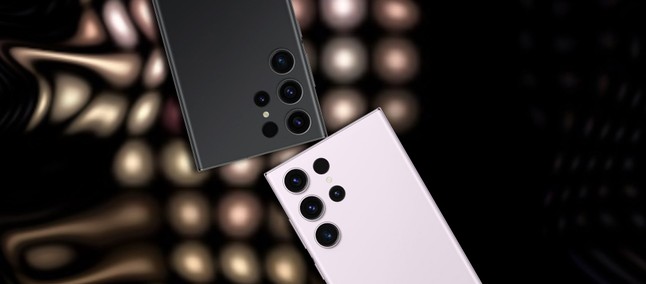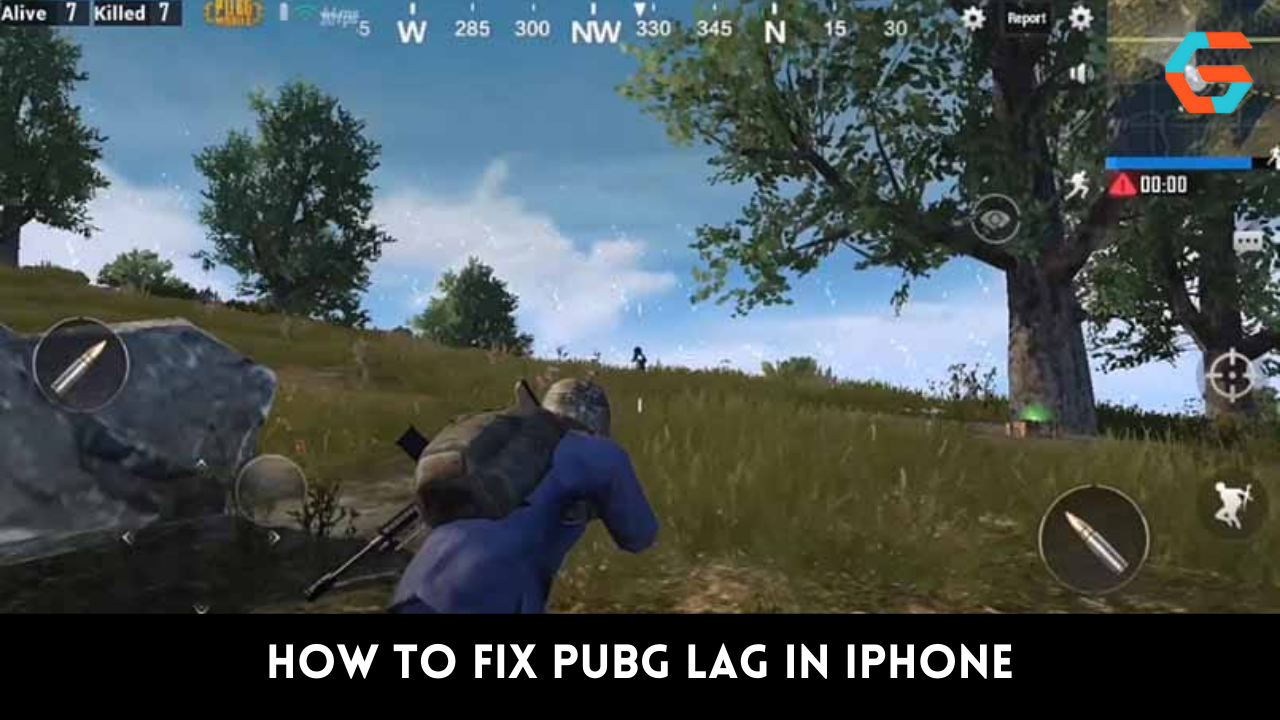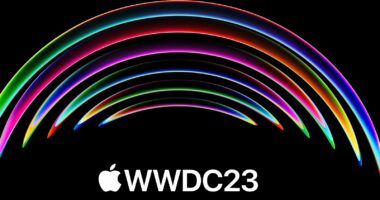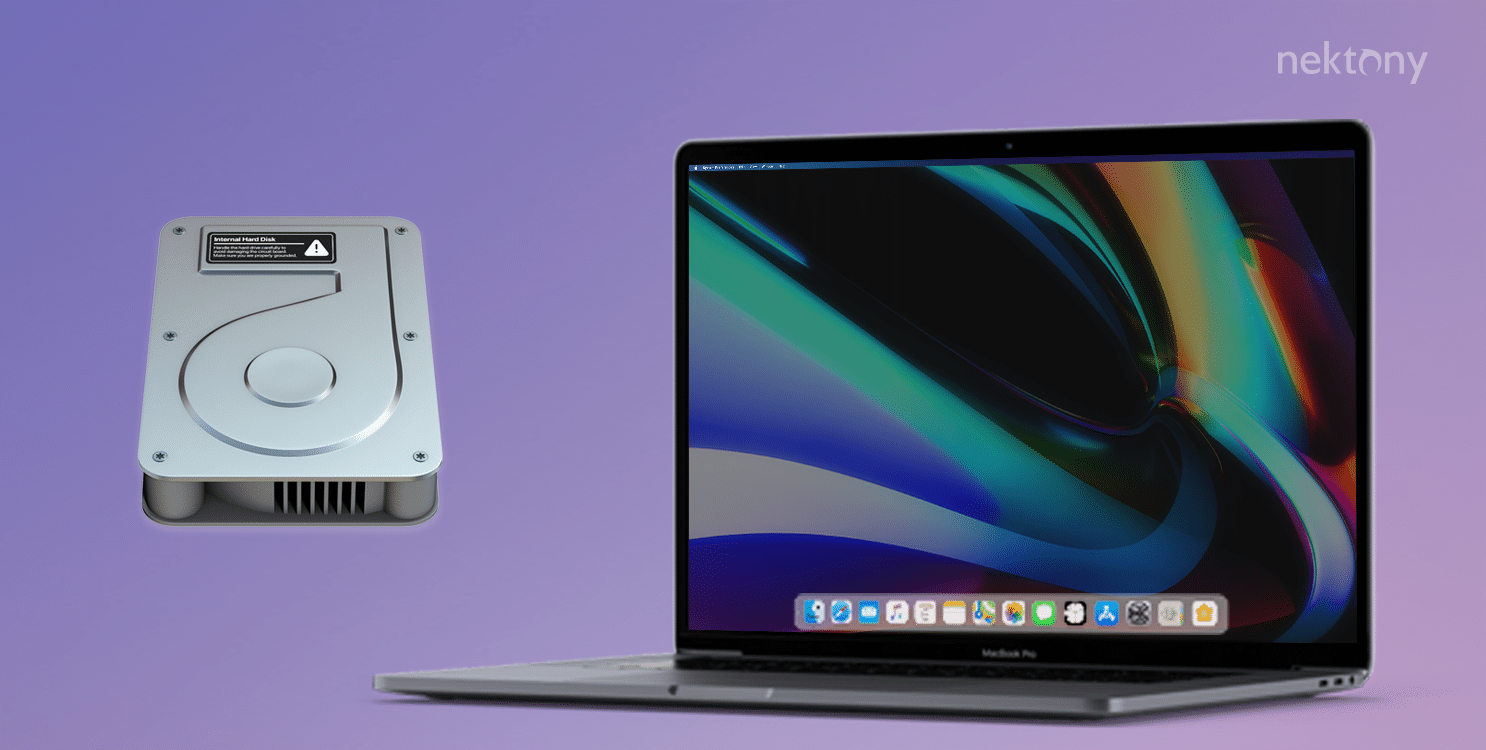A new year means it’s time for a new Samsung flagship device. The Galaxy S23 series is now official, with a modified design for the more affordable variants and a significant SoC upgrade for foreign users. As usual, three models are available: the 6.1-inch Galaxy S23, the 6.6-inch Galaxy S23 Plus, and the 6.8-inch Galaxy S23 Ultra.
Samsung’s Galaxy phone “DX Division” deems Samsung LSI, the division that manufactures Exynos chips, to be insufficient with the launching of the S23. In the past, the Galaxy S series has utilised dual vendors for its SoC, with some regions (often the United States, China, Japan, and Latin America) receiving Qualcomm Snapdragon chips and others receiving Samsung Exynos chips (Europe, India, among others).
Typically, the performance of Exynos CPUs falls short of Qualcomm’s (second-place) level, and Exynos consumers who are stuck with an inferior phone are understandably upset. Exynos chips have infuriated Samsung supporters to the point where they have started petitions requesting that the superior Qualcomm model be launched in their markets.
This year, Samsung has listened and will utilise Qualcomm exclusively. The Exynos chips have been relegated to lower-end devices, which is a bizarre turn of events after Samsung LSI scored an AMD collaboration last year and, perhaps out of desperation, began naming Exynos chips after Galaxy S phones two years ago, with the Exynos 2100 launching in the S21 and the Exynos 2200 launching in the S22. The Exynos division still supplies chips to numerous mid-range Samsung phones, and an orphaned Exynos 2300 chip may end up in a tablet or a scaled-down version of the S23, according to persistent rumours.
The Snapdragon 8 Gen 2 is a newer, faster Qualcomm chip that steals the show. Samsung obtained a higher-binned version of Qualcomm’s chip, dubbed “Qualcomm Snapdragon 8 Gen 2 for Galaxy” In addition to its lengthy moniker, it boasts a slightly faster clock speed: 3.36 GHz as opposed to the standard 3.2 GHz. Qualcomm claims that the non-Galaxy version will have a CPU that is 35 percent quicker and a GPU that is 25 percent faster, both of which will be 40-45 percent more efficient. There is one Arm Cortex X3 CPU, two Cortex-A715 CPUs, two Cortex-A710 CPUs, and three Cortex A510R1 CPUs on this 4 nm chip.
Qualcomm modified Arm’s suggested CPU layout somewhat in order to continue 32-bit support for another year, despite the CPU’s odd layout. This is the first Qualcomm chip to support the royalty-free AV1 codec, and it can also support Wi-Fi 7; however, Samsung has not included Wi-Fi 7 in any of their models.
The S23 base model receives certain downsized components. The primary changes are 128GB of UFS 3.1 storage, the absence of ultra-wideband (UWB) capability, and 25 W charging on the base model, versus 256GB of more faster UFS 4.0 storage and 45 W wired charging on the more expensive S23 Plus and Ultra. Those pricing figures are nothing to write home about, which is unfortunate. Everything comes standard with 8GB of RAM, 15W of wireless charging, IP68 water resistance, and an 8MP front-facing camera. The Ultra variant has tiers with up to 12GB of RAM and 1TB of storage space.
The base S23 model costs $800 and has a 3,900 mAh battery. The Plus variant with a 4700 mAh battery costs $1,000, while the Ultra model with a 5000 mAh battery costs $1,200. The prices have not changed in the United States, however leaked pricing indicates that the phones are approximately $100 more expensive abroad. The battery capacity of the lowest two variants is 200 mAh higher than that of the S22.
The S23 and S23 Plus feature the most noticeable modification to the lineup. The two lesser S22s had a corner-wrapping camera block last year, but this year they have individual camera lenses similar to the Galaxy S23 Ultra. The corner block never had much of a design justification, but with the solitary camera lens, Samsung has arrived at a basic design that looks genuinely sleek. According to 9to5Google, Samsung made a modest modification to the screen of the S23 Ultra by flattening it by 30 percent; the usable area is now nearly completely flat. Samsung has finally acknowledged that curved displays are useless and a lousy idea.
The Ultra variant looks the same as it did last year; it has considerably more squared-off corners than the two cheaper phones, and these corners provide storage space for the S-Pen. In addition to the largest display, the Ultra’s claim to fame is an enhanced camera package, with a 200 MP primary sensor.
The phones are available for preorder now and will be available on February 17 from all major carriers and electronics retailers.
Related Articles:
The Samsung Galaxy S23 Comes with a special Qualcomm chip
Microsoft’s Post-Layoffs Halo Studio Is Smaller and Switching to Unreal Engine
Intel’s 31TB SSD Sees Huge Price Drop at Walmart But it won’t Fit your PC









